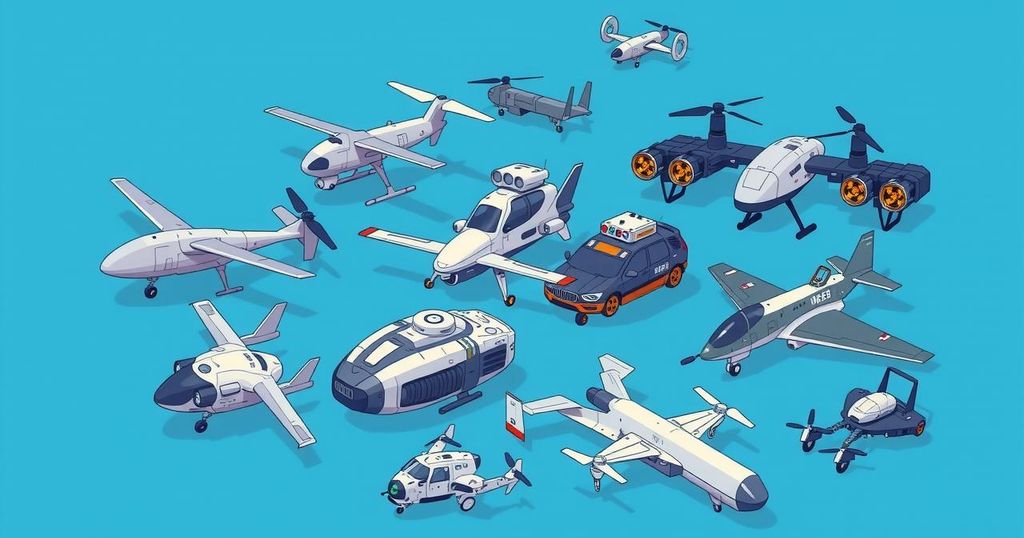Defense Department Budget Request Leans into AI and Autonomy
- The Pentagon’s budget emphasizes investment in AI and autonomy.
- The Air Force leads with significant funding for drone technology.
- Navy plans extensive developments in unmanned undersea vehicles.
- The Army is pushing for substantial AI and robotics funding.
- Experts caution against outdated procurement methods.
Innovation Drives New Defense Budget Goals
The Pentagon is pushing ahead with a significant new budget request that emphasizes the importance of artificial intelligence (AI) and autonomy in modern military operations. The proposal includes an ambitious allocation of funds aimed at developing cutting-edge technology, including autonomous undersea vehicles and advanced flying drone swarms. This bold move raises critical questions about whether the Defense Department can adapt its procurement and operational processes to effectively utilize such innovations, as the speed of AI advancements continues to accelerate.
Air Force Emphasizes Collaborative Drone Initiatives
Leading the charge is the Air Force, which has earmarked a remarkable $789 million for its ongoing collaborative combat aircraft (CCA) initiative. This program aims to integrate autonomous “wingman” drones that will accompany traditional fighter jets, with plans to expend around $28 billion on it by the year 2029. Additionally, there’s a new push for a smaller drone swarm initiative, known as Offensive Small Unmanned Aircraft Systems, focusing on drones that can thrive in environments affected by severe electromagnetic disruptions, primarily for reconnaissance and precision strike capabilities.
Navy and Army Join the AI Investment Bandwagon
Navy efforts are no less ambitious, with a hefty budget of $185 million targeting its large unmanned undersea vehicle projects. Furthermore, the request includes nearly $300 million for advanced undersea prototyping, which is expected to integrate both AI and autonomous solutions. The Army, not to be left behind, plans to invest $486 million in foundational AI research, alongside funds allocated for robotics and emerging technology. However, caution is warranted; some experts advocate for a reformed approach to procurement, suggesting that the Pentagon must be more flexible and responsive if it wants to avoid falling behind and wasting resources on over-budget projects.
The Defense Department’s new budget proposal underscores a serious commitment to integrating AI and autonomy into military capabilities across all branches. While funds have been earmarked from various service divisions, challenges remain concerning procurement practices. To truly capitalize on this new technological era, the Pentagon must evolve its funding and acquisition strategies to align with this rapid pace of development. It’s all about better adoption and getting innovations in the hands of warfighters quickly, which could ultimately shift the landscape of modern warfare.




